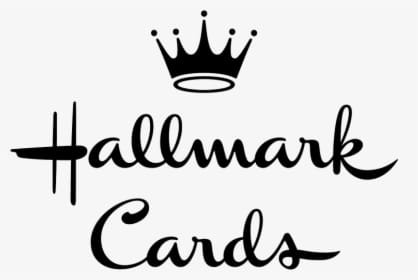What is an Acrobat Plugin?
An Adobe Acrobat plugin is a software component that can extend the functionality of the Adobe Acrobat reader/viewer application, a popular program for viewing, creating, and editing PDF documents. Plugins can add new features to Acrobat, such as the ability to create interactive forms, add watermarks, or perform advanced document processing tasks. Some plugins are developed by Adobe, while others are created by third parties. These plugins can be installed within the Acrobat application such as our TOCBuilder plugin are typically activated when a particular action or task is performed within the software.
Adobe Acrobat Reader plugin
Why do we need plugins?
To make Adobe Acrobat more flexible and applicable to a broader range of industries and organizations, the number of built-in features must be restricted to the wider community. This is because adding features that serve only a small portion of Acrobat’s user base would unnecessarily increase the application’s size. Consequently, plugins are required to add functionality as required by the user.
Can Acrobat plugins be used in the Adobe Reader?
Special support needs to be added to the plugin so that it can run under Adobe Reader. However the Reader plugin will require a special license and needs to go through an approval process with Adobe Systems Inc. – https://www.adobe.com/devnet/reader/ikla.html.
Are plugins specific to a particular version of Adobe Acrobat?
Update:
Probably the biggest change in this last year was the introduction of the 64bit version of Acrobat which has also meant the rebuilding of our Acrobat Plugins to support it.. This has basically meant a rebuild of all plug-ins so that they will run on both platforms. In this process we decided to remove a number of our products that are now decades old and concentrate on maintaining and improving a subset of the products.
Examples of Plugins
- New security handlers that might be specific to a particular organisation. For example, we have developed security handlers that do not allow PDF files to be viewed outside a particular organisations offices.
- New annotations types. For example, we created a plugin that supported all of the British Standard Markups.
- Flattening annotations and form fields into the main document. This ensured that they could not be changed or modified and that they would print as part of the document even if the printing of annotations was switched off.
- Adding text and images to PDF files.
- Creating a table of Contents for PDF files
- Automating the creation of bookmarks based on the styles in a pdf file.
- Adding fields for variable data printing
- Hardware integration of Adobe Acrobat into whiteboards and interactive tables
